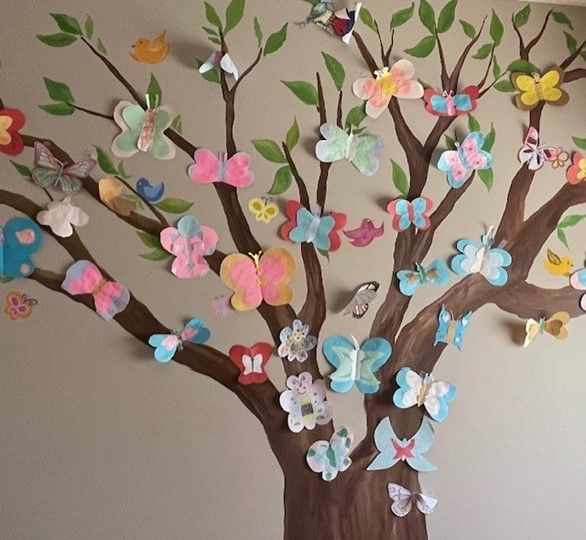
By: Oretha Harris, LCMHC, CAC Therapist
In girls’ group, we decorated flowers as a representation of ourselves. In an individual session, an eight-year-old girl identified feelings through a YouTube interactive video about FEELINGS. On April 27, 2021, a little girl told her brother to be quiet because she was singing with her therapist and that was a part of what they did when she is in the office for counseling. A few weeks ago, a fourteen-year-old male won a game of Connect Four by demonstrating impulse control and healthy problem-solving skills. Two years ago, a group of boys created rap songs to express their thoughts about what makes them happy. Finally, close to three years ago, a young boy who was deaf and diagnosed with autism walked into my office and drawing became our way to communicate.
The use of creative arts in counseling has been practiced and encouraged for years as a supportive tool in treatment. In 2016, I recall asking Roberta, our executive director, for funding to purchase creative art supplies: games, gel pens, canvas, paints, workbooks, and journals. In 2018, the first boys’ group primary focus was the incorporation of creative music to encourage boys to identify and express their thoughts and feelings. The idea was inspired by J. Cole, a rapper with roots in Fayetteville, who reportedly kept notebooks of original song lyrics he composed throughout life about life that led to some of his success.
As a therapist, I frequently use creative arts such paper crafts as one outlet to assist preschool aged youth with recalling age-appropriate boundaries and structure. I recall when Ellie the Elephant was created to assist youth in remembering rules to help reduce negative behaviors and consequences. Ellie was made using construction paper, tape, and scissors and on the back of her were the important rules the child needed to remember because as we all know ELEPHANTS NEVER FORGET.
Ellie is only one of a few creations used to empower and encourage our youth. One of the most powerful visuals and use of creative arts in our office is the Butterfly Tree. The Butterfly Tree is another simple use of creative art but a powerful statement. It represents many of the youth who have successfully completed the trauma focused therapy at the Child Advocacy Center. The Butterflies became a symbol of healing after another form of creative arts Bibliotherapy. Bibliotherapy is the use of literature to help cope with mental health, emotional concerns, or adjustments in life. After reading The Very Hungry Caterpillar, for the first time in years, the beloved child story had a different meaning and perspective to me, and I began to incorporate the timeless child’s story into the counseling process. Creating a butterfly for the butterfly tree, at the end of treatment, has become a source of pride and strength for many of our youth.
As I reflect over the many ways, creative arts have been incorporated in the healing process of many, I would be reluctant to not mention Journaling. In 2018, myself, the administrative assistant and one of our youth were each given a journal as a writing tool to assist the youth in having a safe place to express her emotions about her home life. What I did not expect was for my journal to become a safe place for my own healing over the next year. A journal that began as a tool for a young teen girl became my peace as well.
Creative arts are broad and the use of them in counseling is countless and for six years it has remained a staple in the treatment of our youth. With Covid-19, the use of tele mental health has increased as we have at least one client a week who receives therapy via a safe telecommunication method. My last example of creative arts in counseling is the use of filters and backgrounds during tele mental health sessions. For one client, the tradition of making silly faces near the end of the session, using computerized filters, has become a way of grounding and bringing closure to the session. As I hope this blog has demonstrated, creative arts have been a vital part of the work we do. It has been used to engage, encourage, support, and maintain. The key is being open to understanding sometimes the best way to hear or see a child is to create a safe and open space of creativity and fun for we are working with children after all.
